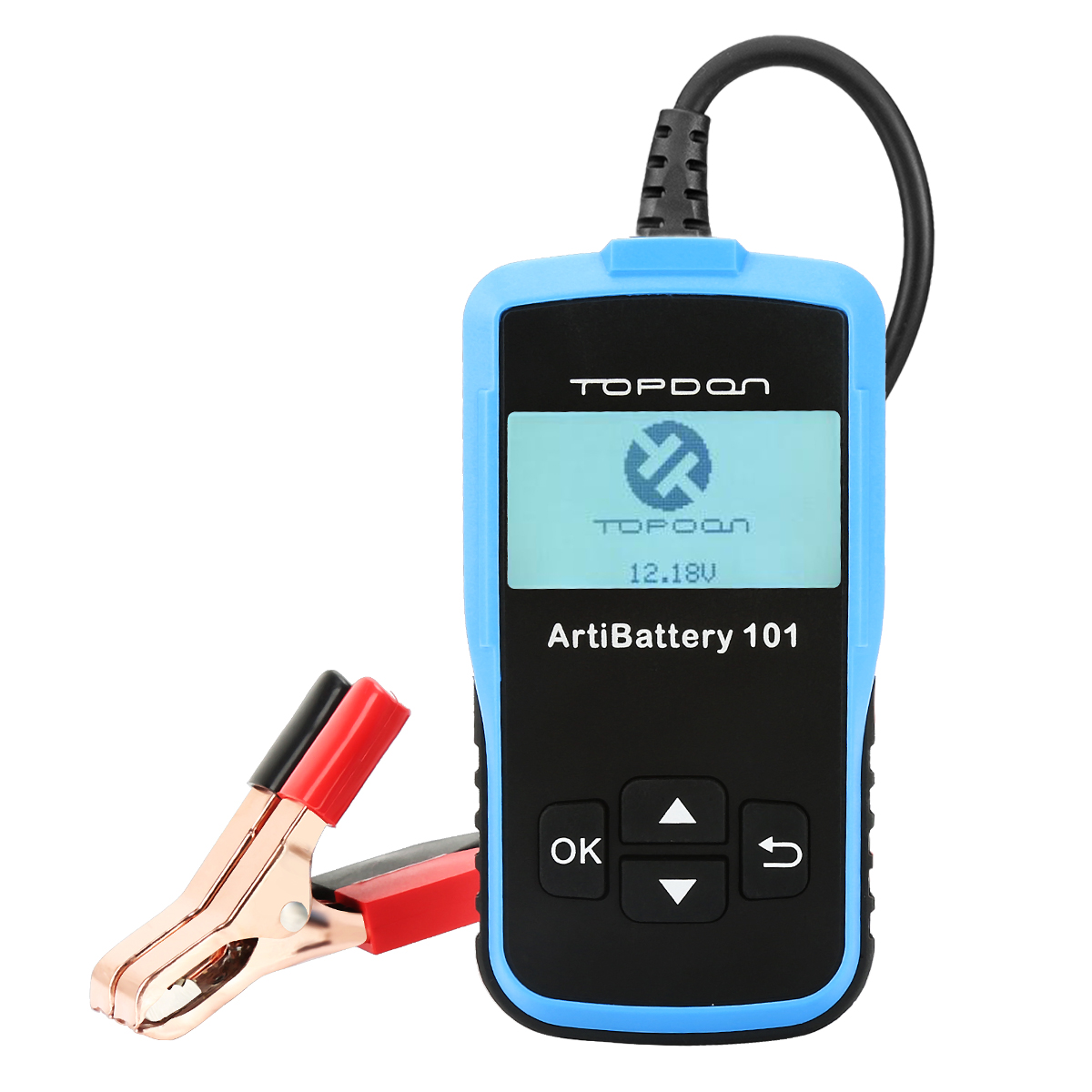Blog

How To Use A Battery Load Tester
A battery load tester does more than just check the condition of the cars battery, it can be used to check the starting system, the charging system, and the alternator too.
Battery load testers were once too expensive for the do-it-yourself mechanic. Today, a battery load tester is affordable enough for even the casual shade tree mechanic to have in his garage. My favorite is a handheld digital battery loads tester made by Cartman, it loads Amp Digital Battery Load Tester that costs less than N6000 online.
You can use a Digital Multimeter to check Automobile storage batteries, charging systems, and starting systems, but it is not the right tool for the job. Every serious shade tree mechanic needs to have a stand alone battery load tester on his or her tool kit.
General Guidelines for Using Any Battery Load Tester To Test A Battery
Make sure that the ignition switch is in the "OFF" position and that all-electrical load has been removed from the battery. If there are electrical loads on the battery, you will have to disconnect the battery's negative ground cable. CAUTION: Do not disconnect a battery without first plugging a battery keeper in to the cigarette lighter socket to hold the computer codes.
Do not attempt to load test a battery while the battery is connected up to a battery charger.
Make sure that the battery posts and terminals are clean and free of corrosion before connecting the load tester. Any corrosion present will cause a high resistant connection and produce a false reading.
If you are working with a battery that has side terminals, you need to screw in "Charging Posts" in order to connect the load tester.
All load testers become hot during use so allow them to cool down for 2 to 3 minutes between tests. Never hold the load test button down for more than 10 to 15 seconds. Holding the load test button down for a longer period will cause irreparable harm to the load tester.
Voltage Correction For Temperature
When testing a battery where the ambient temperature is between 40°F and 70°F add 0.1 volt for every 10°F below 70F. When testing a battery where the ambient temperature is between 70°F and 100°F, subtract 0.1 volts for every 10°F above 70°F.
Conducting A Battery Load Test
Connect the Red "+" cable to the Positive "+" battery post and the Black "-" cable to the negative "-" battery post. The LCD readout will display the battery voltage. The battery must be at a 75 percent charge before a load test can be conducted. At 70°F, a 75 percent charge is equal to at least 12.45 volts for a 12-volt battery and 6.23 volts for a 6-volt battery. If the temperature is above or below 70°F, adjust the voltage as explained in the above section on voltage –Vs- temperature correction.
If the state of charge is below 75%, recharge the battery before continuing with the load test.
Once the battery is at 75% charge or above, reconnect the load tester to the battery, and hold the "Load Switch" down for 10 seconds. Note the voltage reading on the LCD and release the "Load Switch."
Disconnect the Red lead then the Black lead.
Posted on May 2019,09 // Author: Admin